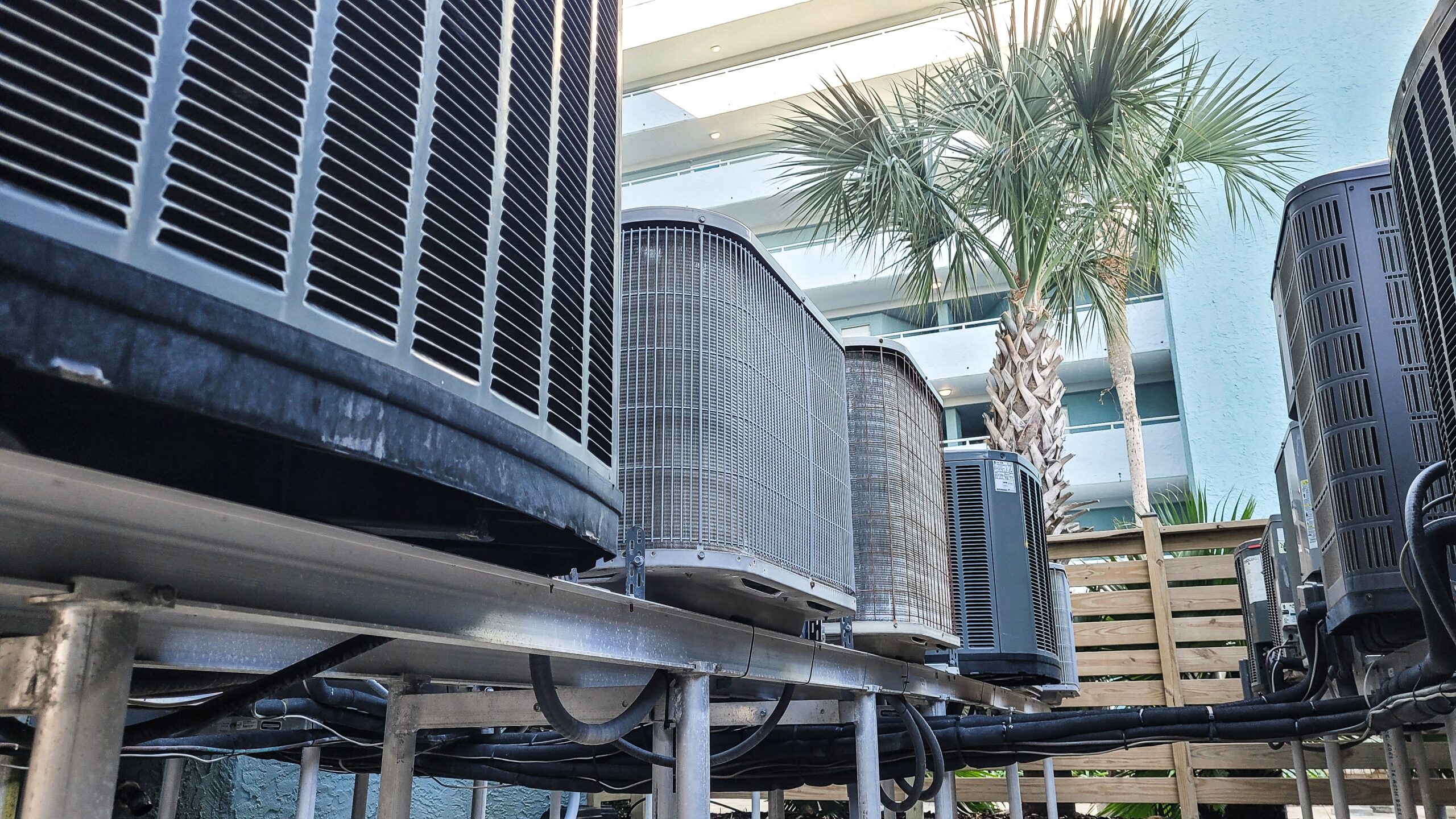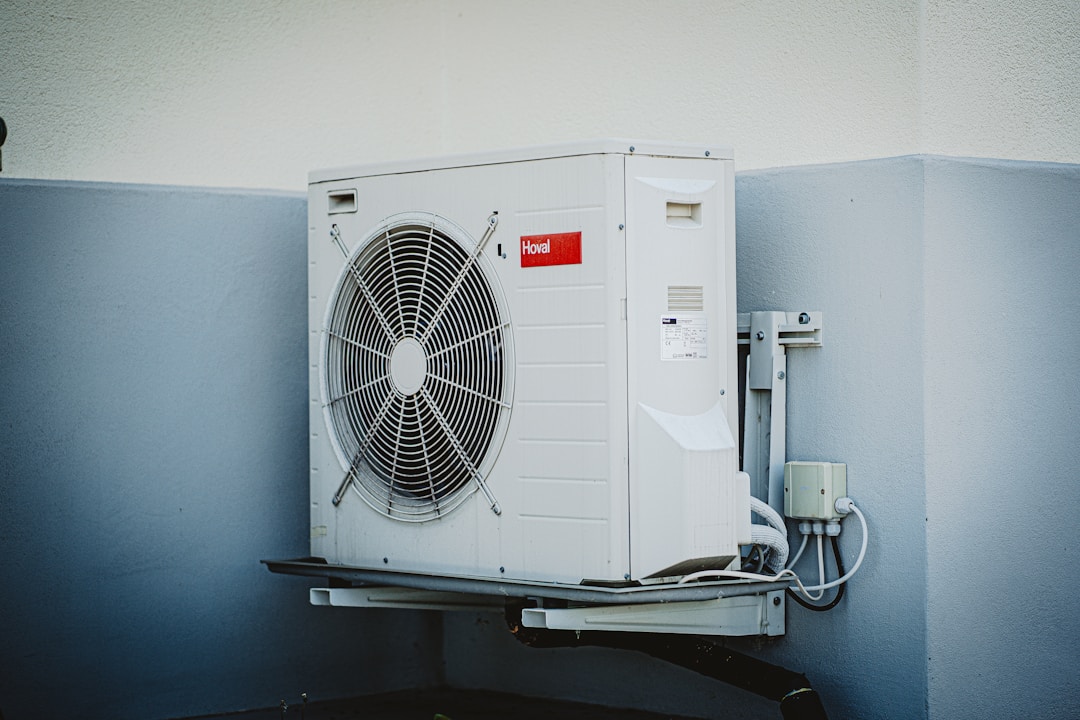
Understanding SEER Ratings: Making Informed Choices for Cooling Efficiency
Choosing the right cooling system for your home can be a challenging task, especially when there are numerous options available. A key factor to consider when making your decision is energy efficiency, as it directly impacts the cost of your system and its long-term performance. One common metric used to compare the efficiency of cooling units is the Seasonal Energy Efficiency Ratio (SEER).
When considering new HVAC equipment, it is important to get help with choosing an efficient solution. A company like Ireland Heating & Air Conditioning Co. can offer various HVAC services and solutions and help you find the best equipment and SEER rating for your needs. In this article, we will take a closer look at SEER ratings. Keep reading to learn more.
What Are SEER Ratings and Why Are They Important?

SEER ratings are a standard measure of cooling efficiency for air conditioning systems and heat pumps. The rating is calculated by comparing the cooling output of an air conditioner or heat pump in British Thermal Units (BTUs) to the energy consumption in watt-hours during a cooling season. In simpler terms, the higher the SEER rating, the more efficient the cooling system is when it comes to energy consumption.
The importance of SEER ratings lies in their ability to help consumers evaluate and compare the energy efficiency of different HVAC systems. By understanding and considering the SEER ratings of various cooling units, consumers can make more informed choices and select the most cost-effective and energy-efficient solution for their needs. This not only results in lower energy bills but also contributes to environmental conservation by reducing overall energy consumption and greenhouse gas emissions.
How Are SEER Ratings Calculated?

To determine the SEER rating of HVAC equipment, the total cooling output in BTUs during a specific cooling season is divided by the total energy consumed in watt-hours during the same period. This calculation helps provide a standardized measure of cooling efficiency that can be used to compare various systems and models. It is important to note that SEER ratings are based on a set of standard conditions, such as outdoor and indoor temperatures, to ensure uniformity in the testing process. Keep in mind that SEER ratings refer to the maximum efficiency of an HVAC system, and actual performance may vary depending on factors such as usage patterns and maintenance.
Consulting with an HVAC professional can help you understand how these factors apply to your specific situation and guide you in selecting the most energy-efficient and cost-effective cooling solution for your home or business.
Tips for Choosing a System with Ideal SEER Ratings
While it is tempting to go for the highest SEER rating available, it is essential to consider factors such as climate, size of your home, and cooling usage patterns before making your decision. In milder climates with less frequent cooling needs, investing in a system with a moderate SEER rating might be more cost-efficient than a unit with a high SEER rating and higher upfront costs.
On the other hand, if you live in a region with hot summers and high cooling demands, opting for a system with a higher SEER rating can result in significant long-term energy savings. Moreover, it is crucial to ensure that your system is the right size for your space to maximize efficiency and avoid unnecessary energy consumption.
Understanding Energy Efficiency Standards and Guidelines

In the United States, the minimum SEER rating for new systems is determined by the Department of Energy (DOE). However, the minimum required SEER rating varies depending on the region. For instance, in the Southwest and Southeast regions of the US, the minimum required SEER rating for HVAC systems is higher than in the Northern region due to their warmer climates.
It is essential to familiarize yourself with local energy efficiency requirements and guidelines before purchasing a new system. Doing so will ensure that your investment is compliant and that you benefit from energy savings and incentives associated with an efficient cooling system. Moreover, opting for an ENERGY STAR-certified cooling system guarantees that the unit meets or exceeds the minimum SEER rating required by the DOE, ensuring a dependable level of energy efficiency and quality.
Understanding and considering SEER ratings when choosing a cooling system for your home can help you make more informed decisions and select the most energy-efficient and cost-effective solution. Consult with HVAC professionals to evaluate your needs and guide you through the process of selecting the best cooling equipment for your needs.




